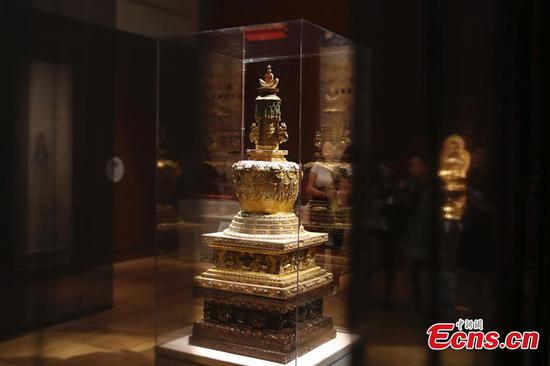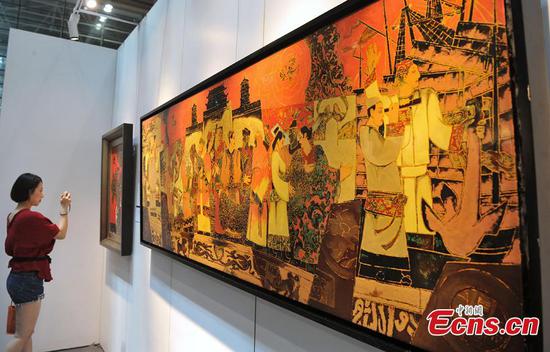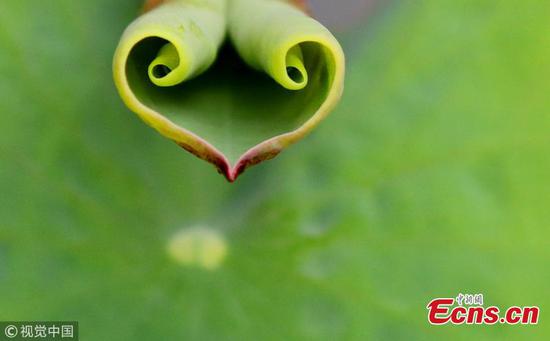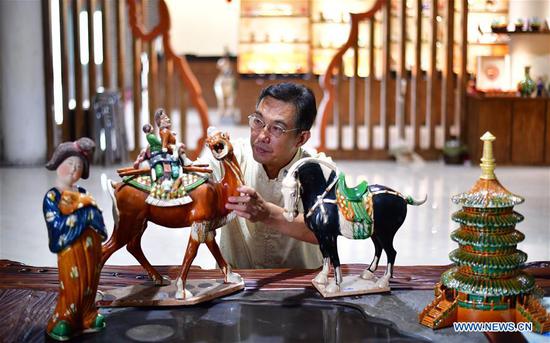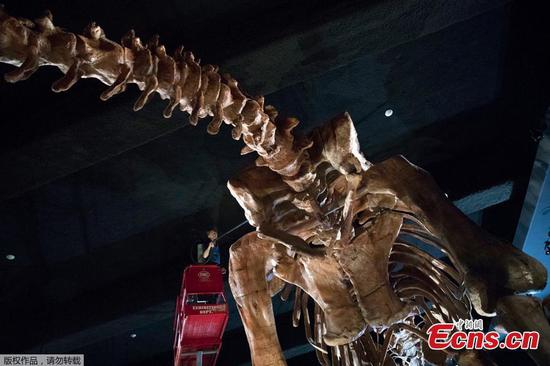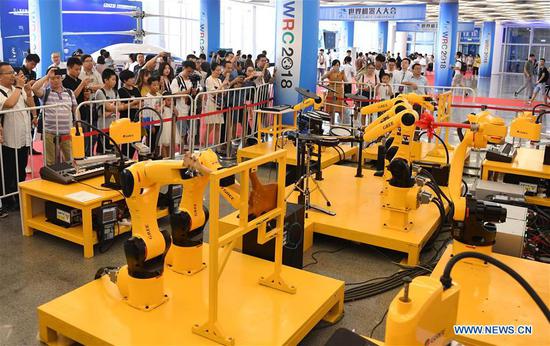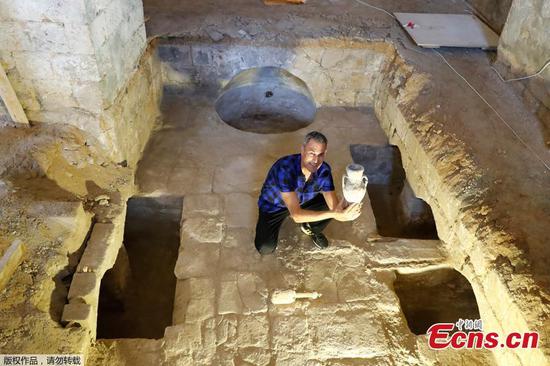Recent archaeological excavations in Yuzhuang, Liugouxincun and Houfushan in Ningyang County, East China's Shandong Province, have uncovered numerous historical relics that will allow experts to better study the historical development of society in the region, the Jinan Archaeological Institute announced on Wednesday.
According to Xing Qi, the leader of the Liugouxincun excavation under the Jinan Archaeological Institute, the discoveries include millions of tools used in porcelain production and some ceramic samples such as bowls and cups.
"Most of the relics date to the Sui Dynasty (581-618), while some can be traced back to the late Northern Dynasties (386-581) and the mid-Tang Dynasty (618-907)," Xing said.
Xing noted that Liugouxincun was the site of an ancient kiln that "got its start during the late Northern Dynasties period, reached its peak during the Sui Dynasty and went into decline during the mid-Tang Dynasty."
The latest discoveries will act as a supplement to current studies, especially the development of ancient porcelain production, Xing explained, noting that the variety of kiln tools discovered will provide further insight into ancient production techniques.
The Yuzhuang site spans across a much longer period of time. According to Fang Zhen, an expert from the Jinan Archaeological Institute, recovered relics date from the Dawenkou culture (4100BC-2600 BC) to the Song Dynasty (960-1279). Relics include red and brown pottery ding vessels (wine vessels) from the Dawenkou culture, black pottery cups made during the Longshan culture period (3000BC-1900BC), as well as some tiles and jars produced during the Warring States (475BC-221BC) period.
Discussing the excavation at the Houfushan site, Fang said that although the main site dates from the Warring States to the Western Han Dynasty (206BC-AD25), there were still a few relics from the earlier Western Zhou Dynasty (1046BC-771 BC) and the Spring and Autumn Period (770-476 BC).
"These will provide important information about the society of different periods in history," Fang noted.









